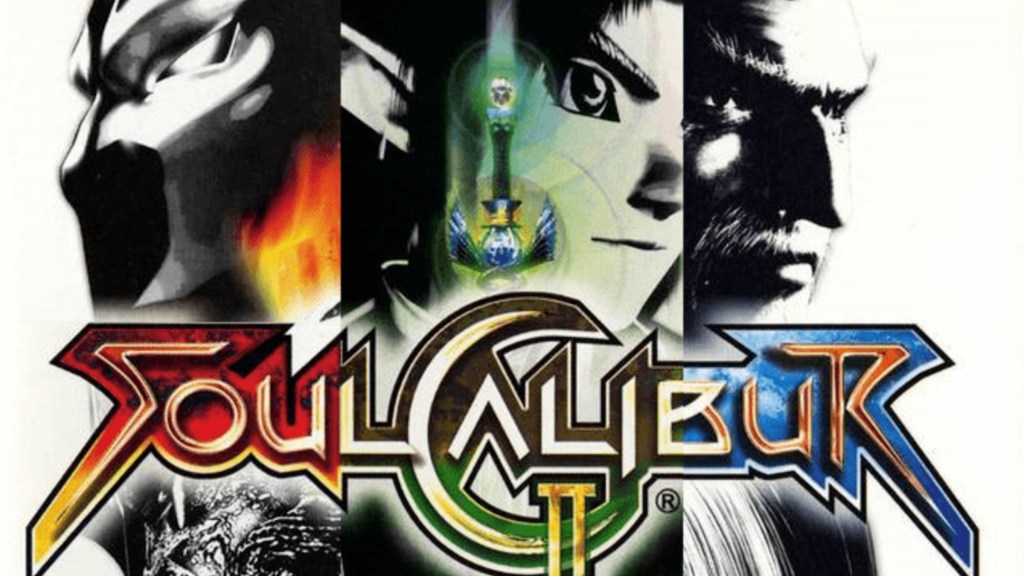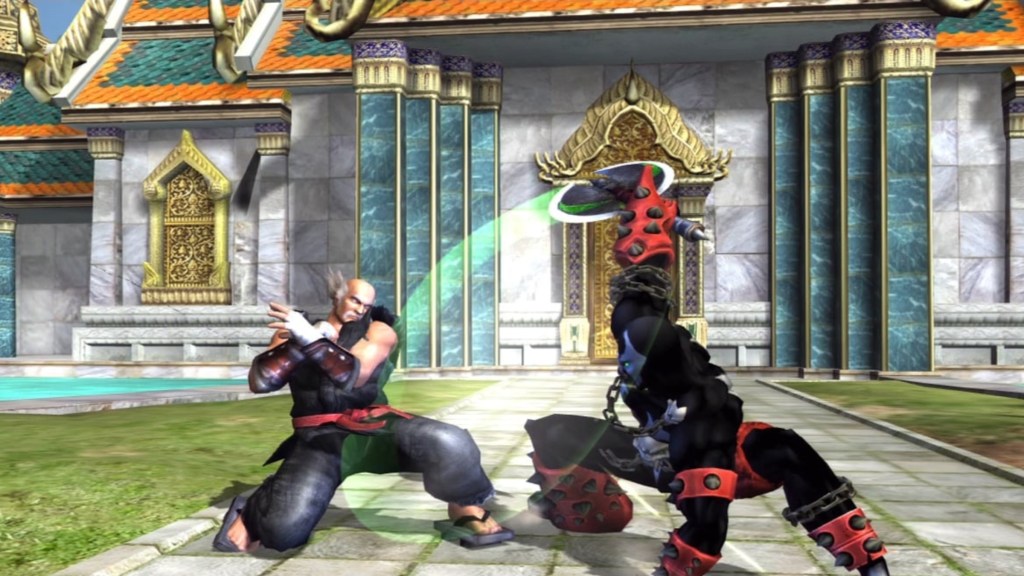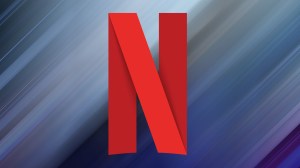2002’s Soulcalibur 2 is a GOAT contender when it comes to fighting games, but it also suffered from a problem that was uniquely timed to the gaming culture of the era. The sixth generation of consoles was dominated by the rivalry between the Sony PlayStation 2, the Nintendo GameCube, and Microsoft’s Xbox — the latter of which took the place of SEGA in the typical gaming debates after the Dreamcast’s discontinuation in 2001. All three consoles had their advantages over each other, with unique exclusive titles, technical specs, and brand focuses to separate them.
Videos by ComicBook.com
That rivalry sparked plenty of debate among gamers of the era, debating the merits and faults of each in turn. Ultimatley, it was a very schoolyard-style debate, one that has more or less fallen off in the modern era of gaming when crossplay is a strong selling point for titles. It can sometimes be easy to forget just how ingrained that interindustry rival really was at the time, which can be best summed up with the underlying gimmick to Soulcalibur 2. Although the critically lauded fighting game launched on all three consoles, they each brought their own unique element to the game in the form of exclusive characters. The problem is that, as a result, one of the best fighting games of all time still feels incomplete.
Soulcalibur II’s Console-Specific Characters, Explained

Developed by Project Soul and published by Namco, Soulcalibur II continued the overarching narrative of the series centered around the corrupting blade known as the Soul Edge. The weapons-based fighting game expanded the combat styles and increased the number of characters, with tight controls and exciting gameplay making it a must-have for fighting game enthusiasts. The true gimmick to the game’s release was the inclusion of a different guest character depending on the console.
PlayStation 2 gamers got Heihachi Mishima from the Tekken series, Nintendo brought Link from the Legend of Zelda to the GameCube version, and the Xbox edition included Spawn from the mass media franchise of the same name. Each brought their own unique playstyle to their respective rosters that contrasted neatly against the standard roster of characters: Heihachi used hard-hitting physical blows and grapples, while Spawn brandished a hellish axe. Link had one of the most unique weapon layouts in the entire series, bringing a full arsenal of weapons from the Legend of Zelda series to bear in combat.
The underlying game was otherwise the same, right down to the Todd McFarlane-designed character, Necrid. The concept of bringing different characters to each port of the game was an interesting but frustrating proposition, requiring players to get all three versions of the game if they wanted the chance to try out every combatant vying for the Soul Edge. It’s also something that likely wouldn’t happen in gaming’s current market, making it a particularly memorable chapter in the history of gaming — and a galling one for fans of the genre.
Why Soulcalibur II Feels Incomplete Over Two Decades Later

In the years since the sixth generation of consoles, the gaming environment has become more adaptable. The establishment of services like Steam and the rise of mobile games helped establish a more shared gaming space, naturally removed from the competitive spirit of the console wars. Crossplay on several titles ensures that present-day players can all come together over their favorite titles instead of being limited just by their choice of platform.
Something like Soulcalibur II‘s unique characters would likely never happen in the current gaming space. That’s what makes it such an interesting point in gaming history. In earlier eras where the consoles were the more dominant source of casual gaming, that sense of specific platform pride could generate discourse, attention, and sales. Fans of the specific consoles could show their loyalty by working to ensure their console’s version of a game sold better than the others.
Fans could debate on message boards over the value of their character over others. It got more attention on the game, and might have helped contribute to the strong sales of the title across all three consoles. However, it’s also meant that one of the best fighting games of all time feels incomplete. The full roster remained unavailable to anyone who wanted to test their might with the full scope of the cast. Players who loved Soulcalibur II never really got the full game, as the full roster of characters could never face off — a problem only further complicated when rights issues over Necrid played a part in the game not being re-released for some time.
The eventual HD re-release featured Heihachi Mishima and Spawn, but no Link, and eventually was delisted from stores. Nintendo fans can now revisit the game on the Switch 2, but only with Link available to them as a guest fighter. The unique console ports ensured that no single version of the title could contain all of the material designed for the game, leaving it feeling incomplete in retrospect.








